
Strike Indicators
Fly Fishing strike indicators for every situation. Strike indicators for nymph fishing rivers small and large. Includes Oros, Air-Lock, Thingamabobbers, Drift-Rite, Frog Eyes, Ninja, quick release chironomid indicators, Palsa, foam, yarn, and stick-on indicators.
Read more
Fly fishing strike indicators are an important accessory for fly fishing in both rivers and lakes. Strike indicators are placed on the leader above the fly and float on the surface to help anglers detect when a fish grabs the fly. There are many kinds of strike indicators on the fly fishing market and each has its own benefits and drawbacks.
Strike indicators come in many categories that we sell on our web catalog, here is a summary of the best applications and pros and cons of each.
Foam Strike Indicators – Foam indicators offered on our site are probably the most versatile strike indicators for general fly fishing applications in rivers and streams. They are lightweight and are easy to cast. They land reasonably softly on the water and float well. Foam strike indicators are usually offered in various sizes, shapes and colors. Generally, smaller indicators are better for shorter casts, smaller flies, less weight added to the leader, and shallower water. Larger indicators are easier to see at long distances but are more difficult to cast and can spook fish, but they keep afloat better with large flies, deep drifts and substantial weight added to the leader.
Most foam strike indicators are easy to slide up and down the leader for adjusting the depth of the fly. This is a key attribute of a strike indicator when fishing rivers that may be 2-feet deep in one area and 6-feet deep in the next. Adjusting the indicator up and down the leader will be one of the keys to fishing success (as is the right amount of weight on the leader) when nymphing with an indicator in varying depths.
Yarn Strike Indicators – Yarn strike indicators are another great option. They are very lightweight, so they cast very well and are also very sensitive, so subtle activity below the surface is easy to distinguish by the movement of the yarn indicator on the surface. This subtle movement may be a fish taking the fly but can also be the fly ticking the bottom or even slight current changes that can be important to how you present the fly. Yarn strike indicators take a bit more time to adjust up and down on the leader since they are usually attached to the leader with some kind of simple wrap or knot on the leader. Without treating the indicator, they can also be less buoyant than other indicators. A key trick to keeping yarn indicators floating all day is to use a small, fine-tooth comb to comb in dry fly floatant so that it coats all the fibers. The comb is important to this trick as it “fluffs up” the indicator and really makes a difference in how they float throughout the day.
Yarn strike indicators, because they are so light, are often a good choice for shallow-water fishing or spooky fish scenarios. A small yarn indicator lands very softly and allows for more accurate casting.
Plastic Bubble Indicators – Probably the most popular strike indicators today are those which are made of hollow plastic like the Thingamabobber and the Air-Lock Strike Indicators. The biggest advantage of these indicators is that they will never have a problem sinking. Especially the Air-Lock indicators, they are easy to adjust on the leader and are very easy to see. They can, however, be pretty clunky to cast and definitely don’t land on the water very softly. For these reasons, they are best used in larger, deeper water situations and are a good call for larger flies and heavier weight on the leader. Guides seem to like them, probably because they don’t have to worry about treating them all day to keep them floating and they and their clients can see them very easily.
Release Indicators – These types of strike indicators, like our Quick Release Chironomid Indicators, are designed to pop free and slide down the leader when the hook is set on a fish. They are really designed with the lake angler in mind, usually fishing chironomids or a balanced leech at depths of over 10-feet. Imagine if your fishing a chironomid on your favorite lake and you need to fish it at 20-feet deep. A regular indicator will fish just fine, but when you hook and reel in a fish, the strike indicator hits the tip of your rod and you still have 20-feet between your rod tip and the fish. Better have a very long net! The release indicators are designed to be set on your leader just tight enough that they don’t slide down when casting. Yet, they should be set light enough that when you set the hook on a fish, they pop free and slide down the leader so you can reel that fish up to the boat as normal.
Release style indicators don’t work well in rivers because the indicator will pop free every time you hook a fish or snag bottom. There really aren’t any advantages they offer in a typical river environment so regular fixed position strike indicators makes more sense.
Stick-On Strike Indicators – Some indicators, like the Palsa Indicators, have an adhesive side to them so that they stick onto the leader. They are very lightweight and easy to cast and one Palsa Indicator attached to the leader is very stealthy, especially in the white color which just looks a like a piece of foam on the water. I recently fished with a guide that had me fish four Palsa Indicators all attached one next to another on the leader. It was actually quite an impressive setup, I felt. But, the big drawback to these indicators is that they don’t move on the leader at all so fishing various depths isn’t their strength. In the case with the guide, it was one of those rivers where practically the whole river was four feet deep so adjusting the depth wasn’t as important. In that case, the Palsa stick-on style of indicator was pretty tough to beat.
Whichever of our strike indicators you choose, we all have our preferences. Take a few and develop your own. One note on color, buy a few light-colored ones like bright yellow and also take some darker ones like bright red. The yellow is easier to see on darker, overcast days, and the red ones are easier to see on bright, sunny days.
-
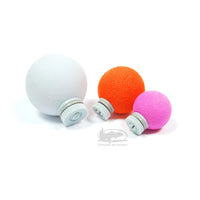 Air-Lock Strike Indicators
Air-Lock Strike Indicators
-
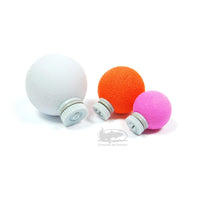 Air-Lock Strike Indicators - Bulk
Air-Lock Strike Indicators - Bulk
-
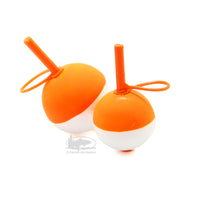 Drift-Rite Strike Indicators 18mm
Drift-Rite Strike Indicators 18mm
-
 Drop Back Bung Strike Indicators
Drop Back Bung Strike Indicators
-
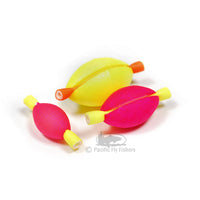 Football Indicators
Football Indicators
-
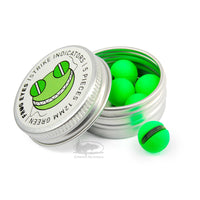 Frog Eyes Strike Indicators
Frog Eyes Strike Indicators
-
 Fulling Mill Line Stops
Fulling Mill Line Stops
-
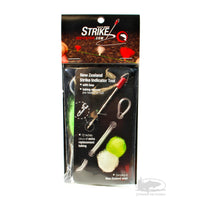 New Zealand Strike Indicator
New Zealand Strike Indicator
-
 New Zealand Strike Indicator - Individual Wool Yarn Spools
New Zealand Strike Indicator - Individual Wool Yarn Spools
-
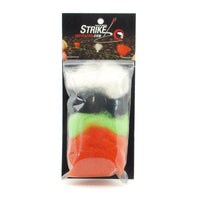 New Zealand Strike Indicator - Refill Mixed Wool
New Zealand Strike Indicator - Refill Mixed Wool
-
 New Zealand Strike Indicator Perfect Tubing
New Zealand Strike Indicator Perfect Tubing
-
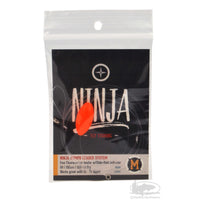 Ninja Nymph Leader System
Ninja Nymph Leader System
-
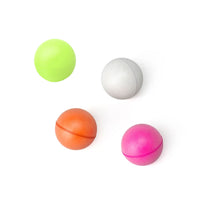 Oros Strike Indicators
Oros Strike Indicators
-
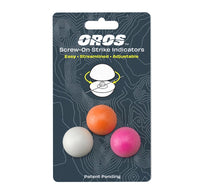 Oros Strike Indicators 3-Pack
Oros Strike Indicators 3-Pack
-
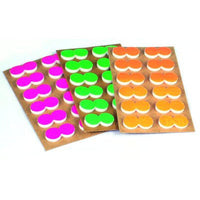 Palsa Indicators
Palsa Indicators
-
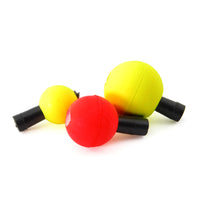 Quick Release Chironomid Indicators
Quick Release Chironomid Indicators
-
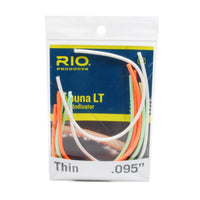 RIO Kahuna LT Strike Indicator
RIO Kahuna LT Strike Indicator
-
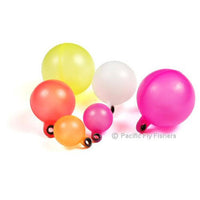 Thingamabobber
Thingamabobber
-
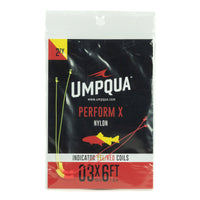 Umpqua Indicator Coils
Umpqua Indicator Coils



















